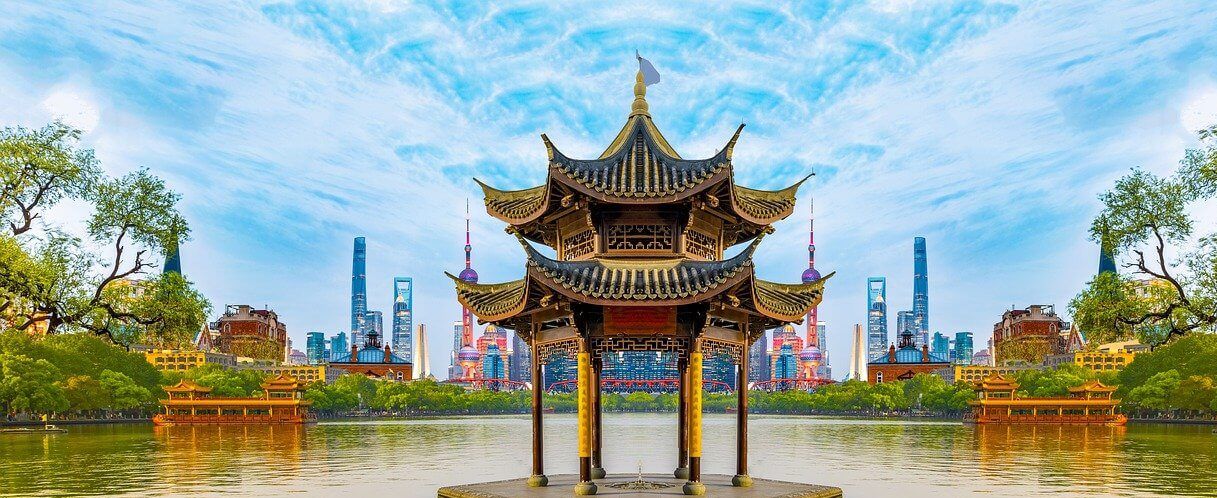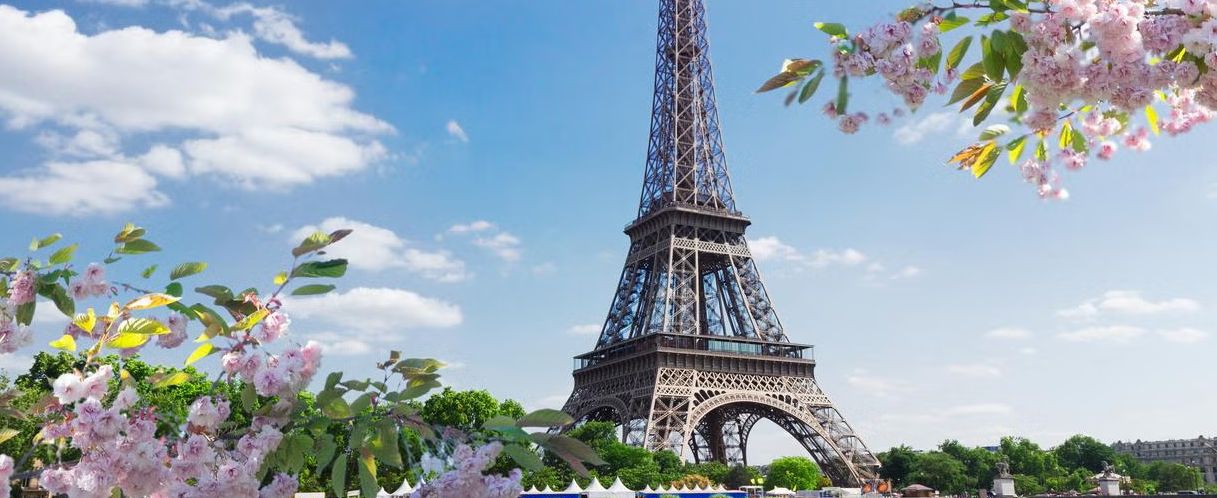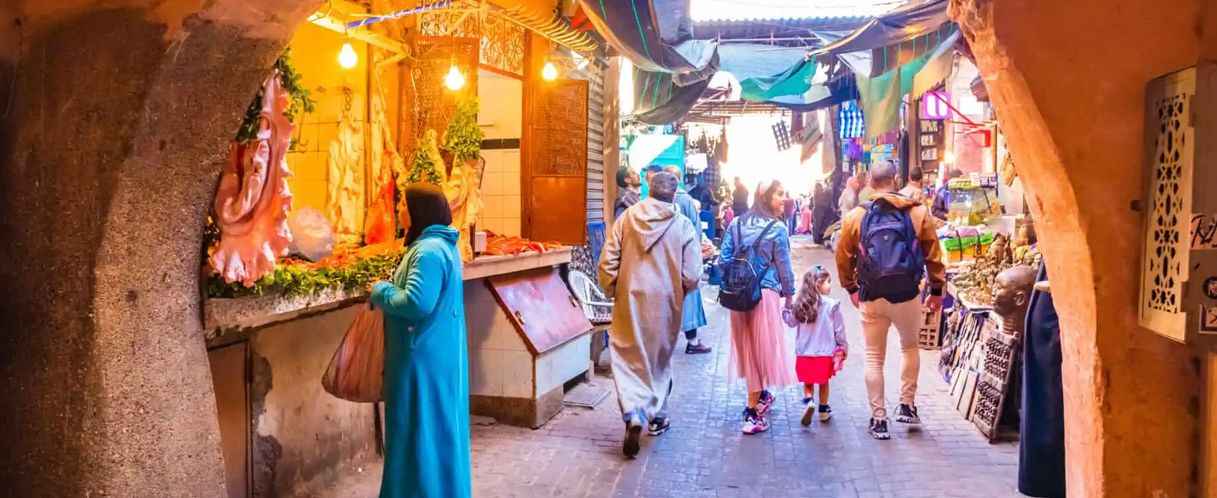 Rabat Morocco
Rabat Morocco
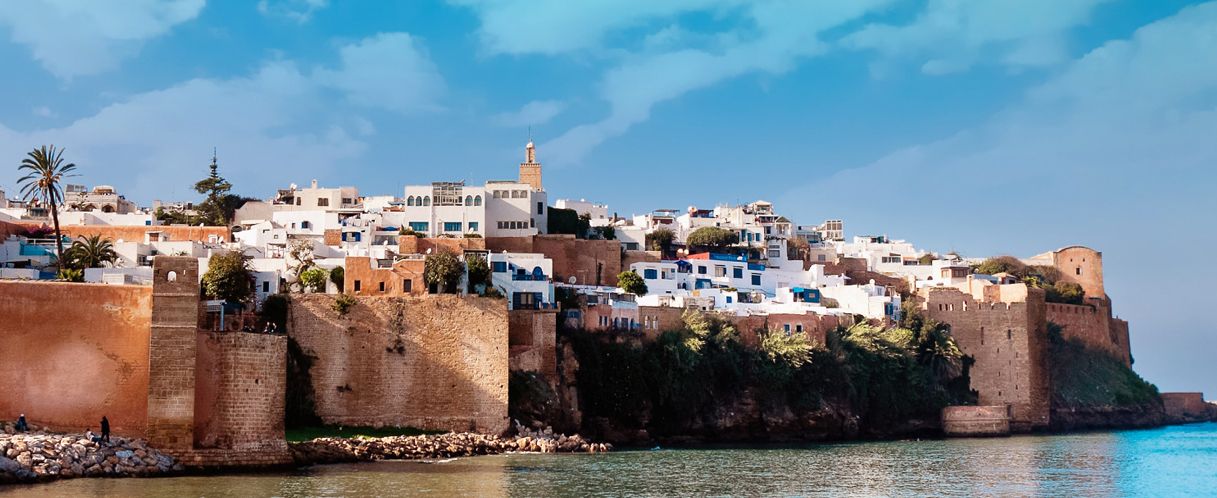
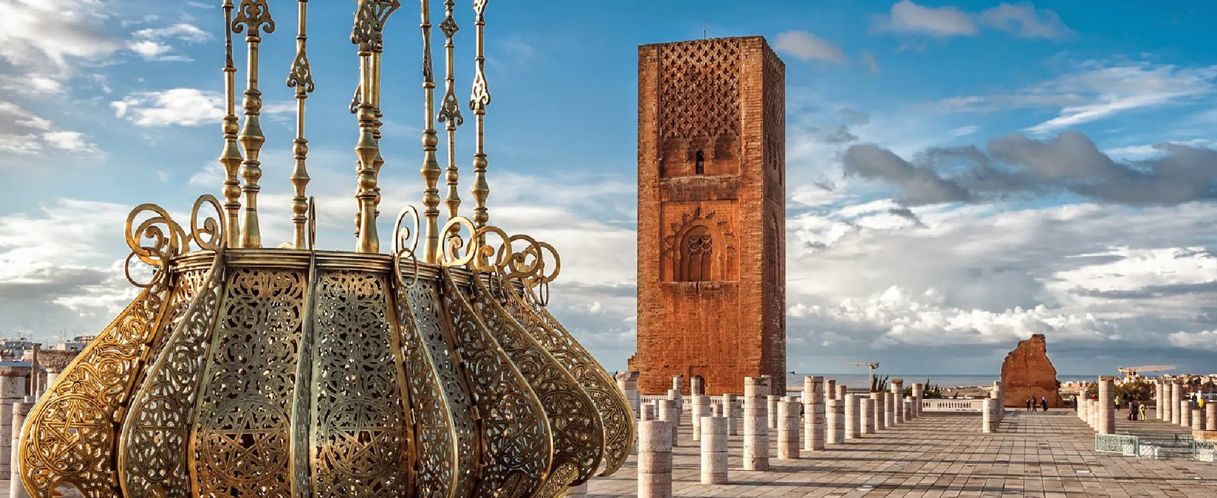
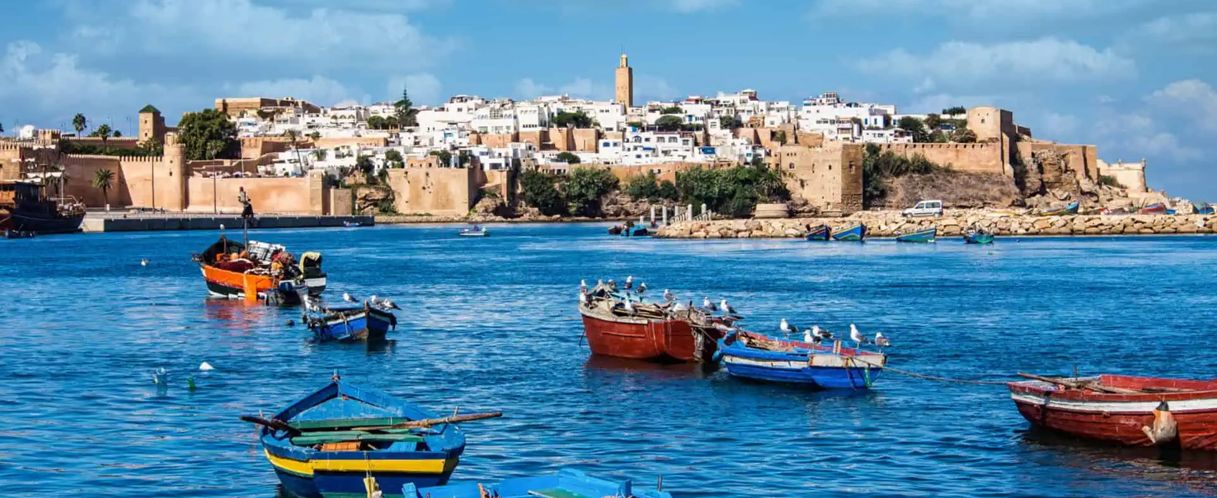
Rabat, Morocco, North America
Introduction
Rabat, the capital of Morocco, is an elegant and serene imperial city located on the Atlantic coast. Less bustling than Casablanca or Marrakech, it offers a harmonious blend of rich history, vibrant culture, and modernity, with its wide avenues, lush gardens, and UNESCO World Heritage sites.
Welcome to Morocco
Morocco is a North African country with incredibly diverse geography, ranging from the Atlantic and Mediterranean coasts to the snow-capped peaks of the Atlas Mountains, and the vast expanses of the Sahara Desert. It is a land of contrasts, rich in a thousand-year history shaped by Berber and Arab dynasties and the colonial period. Morocco is famous for its lively souks, labyrinthine medinas, sumptuous palaces, flavorful cuisine, and culture of hospitality. The kingdom is a constitutional monarchy that has preserved its authenticity while opening up to the world.
Discover Rabat
Rabat is distinguished by its calm and refined atmosphere, far from the hustle and bustle of other major Moroccan cities. It is divided between the new city, with its modern boulevards, embassies, and leafy residential areas, and the historic medina, which, although smaller than those of Fes or Marrakech, is charming and less overwhelming. The Kasbah of the Udayas (Oudayas), a fortified citadel overlooking the mouth of the Bouregreg River, is the city's jewel, with its blue and white alleys and Andalusian gardens. Rabat is also an important administrative and university center, giving it an intellectual ambiance. The city has been designated the cultural capital of Africa and showcases its artistic and architectural heritage. Its well-maintained parks and gardens offer refreshing oases, and the Corniche invites long strolls along the ocean.
Visit Rabat
Kasbah of the Udayas (Kasbah des Oudayas): A historic fortress with picturesque streets, blue and white houses, Andalusian gardens, and a Moorish cafe offering views of the river.
Hassan Tower and Mohammed V Mausoleum (Tour Hassan et Mausolée Mohammed V): The remains of an unfinished 12th-century mosque and the magnificent mausoleum where King Mohammed V and his son Hassan II are laid to rest.
Chellah: An ancient necropolis and archaeological garden, combining Roman ruins and Islamic remains, surrounded by walls.
Mohammed VI Museum of Modern and Contemporary Art (MMVI): The first major modern art museum in Morocco, showcasing works by Moroccan and international artists.
Exotic Gardens of Bouknadel (Jardins Exotiques de Bouknadel): Located just outside Rabat, these gardens house an incredible diversity of plants from around the world.
Rabat Medina (Médina de Rabat): Quieter than other medinas, it offers a pleasant shopping experience with local products and handicrafts.
Rabat Beach and the Corniche: For seaside walks and observing local life.
What to Visit in Morocco
Marrakech: The "Red City," with its famous Jemaa el-Fna square, the Koutoubia Mosque, the Majorelle Garden, and its souks.
Fes: The oldest of the imperial cities, renowned for its labyrinthine medieval medina (Fes el-Bali), tanneries, and Koranic universities.
Chefchaouen (Chaouen): The "Blue City" of the Rif Mountains, famous for its blue-painted buildings and peaceful atmosphere.
Sahara Desert: Camel treks and overnight stays in tents amidst the dunes of Merzouga or Chegaga for an unforgettable experience.
Essaouira: A charming fortified coastal town, ideal for relaxation, water sports, and its historic ramparts.
Atlas Mountains: Offer spectacular landscapes, traditional Berber villages, and excellent hiking opportunities.
Casablanca: The largest city and economic hub, known for the majestic Hassan II Mosque.
- Arabic
- Amazigh
- French (very widely spoken and understood)
- Valid passport
- Visa not required for many nationalities for tourist stays of less than 90 days
- No compulsory vaccinations for entry, but some are recommended.
